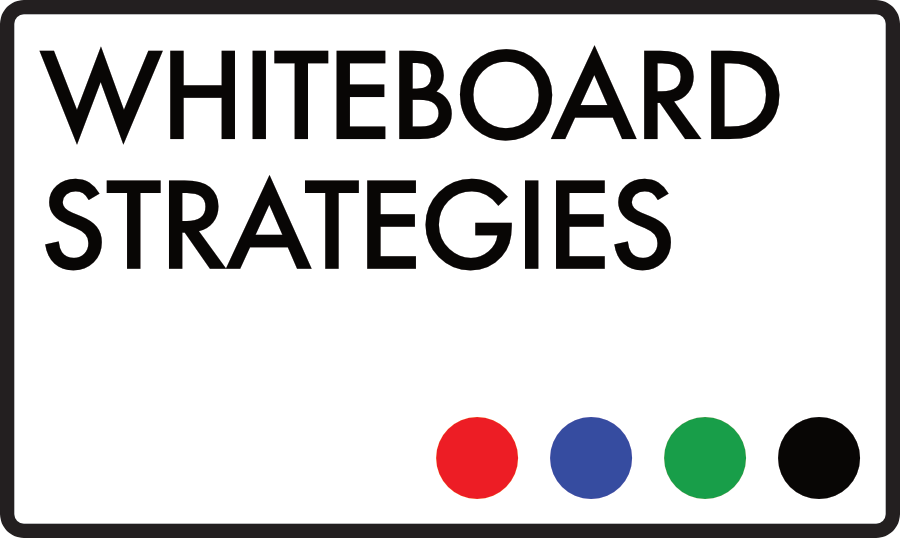Google ‘Visual Communication’ and you get an intimidatingly intellectual looking set of results—academic journals, degree courses, and something or other from the Royal College of Art. Google ‘Visual Communication in Business’ and the results are just as dense and just as uninviting—pan-European symposiums on professional cognitive development, definitions from businessdictionary.com, and a handful of intense-sounding blog posts from consultancies in the City.
Google ‘doodling’ though and you get the exact opposite—an over-simplified, not-particularly-complimentary dictionary definition (“scribbling absent-mindedly”), a Wikipedia page that describes a doodle as “a drawing made while a person’s attention is otherwise occupied” and a few ‘get started doodling’ sites.
But doodling can be much more involved than that, as demonstrated by the scattering of more intriguing results on Google’s first page (“The Power of the Doodle: Improve your Focus & Memory…” and “Here’s How, Why & What You Should Doodle to Boost…”). The truth is that doodling, used in the right way and for the right reasons, is much more useful—and much more usable—to your workforce than whatever Cisco tech you’re currently trying to scrape together the budget for.
This week someone sent me over Sunni Brown’s TED talk. Sunni is an author, trainer, and passionate advocate of the doodle as a tool to help aid understanding, information retention, audience engagement and much more. She starts off talking about the resistance to doodling as a tool in a lot of corporate environments, and how there is a set of “powerful cultural norms” against doodling in settings where we are meant to be learning—school, the office, workshops and so on. It’s thought of as childish and anti-intellectual, so text takes precedence. The press tends to ‘catch’ politicians or public figures doodling when they should be sorting out the world’s problems, which exacerbates the cultural taboo around it… you get the idea.
But her point—and mine—is that those places where we work and learn are the places where doodling can deliver the most value.
Sunni’s insight is that doodling can be massively helpful for the way that people absorb, process and retain information. She says that there are four ways that people absorb information: Visual, Auditory, Reading & Writing, and Kinaesthetic. For people to soak up information and store it properly, the way that information is relayed to them has to engage at least two of those modalities. Doodling—fairly uniquely—engages all four, making it a hugely powerful tool for information sharing.
Even more interestingly, she shared a slide (I’ve included a screen shot of it below) demonstrating the results of anthropological studies that proved that children, almost universally, share a set processes for how drawing skills develop over the early years. It’s fascinating, and more importantly, it proves that doodling is native to us—an ingrained, deeply held and hugely effective way of tapping into our deep memory and information processing facilities.
The point is that the doodle has never been anti-intellectual, and should not ever be overlooked as a means of communicating complex information either personally or across widely-dispersed workforces. Doodling is an accessible, effective way of forming new knowledge, sharing insight and encouraging data retention. It’s a gateway to higher levels of understanding, developed visual literacy and deeper insight across your organisation—and it’s a way of boosting your bottom line. That, after all, is the whole point right?
Interested? You should be. Grab a copy of The Visual Communications Book now to dig a little deeper into using simple words, shapes and images to communicate complex ideas in business, or drop me a line on LinkedIn to get the ball rolling.


Recent Comments